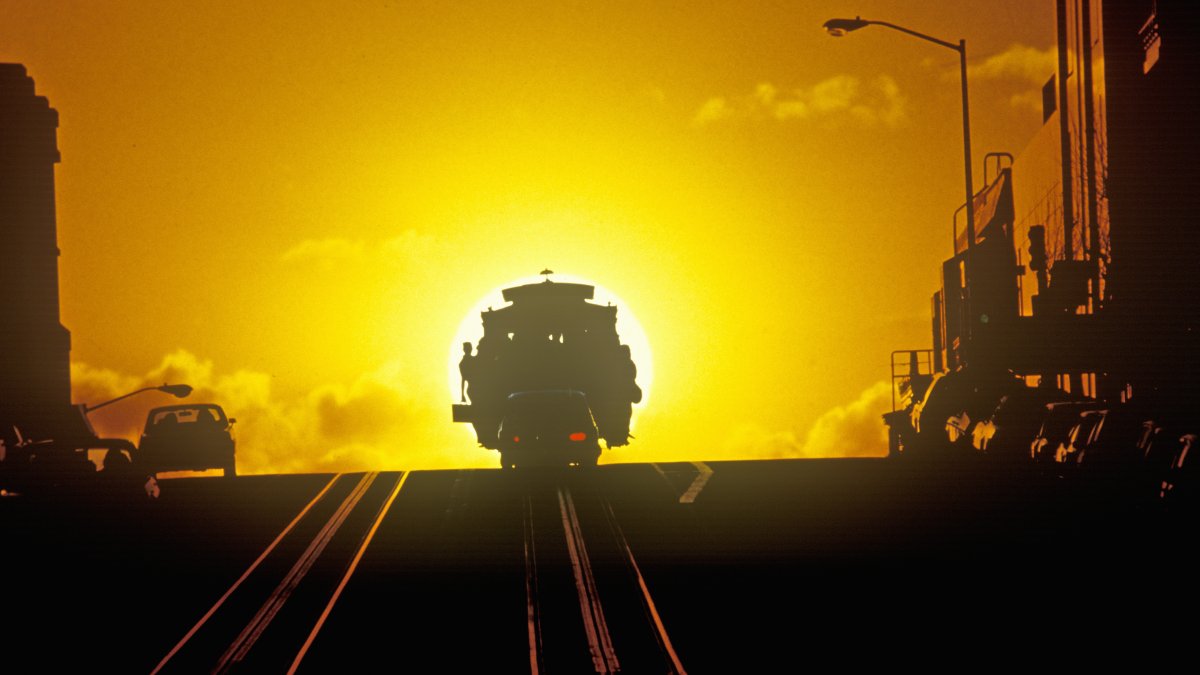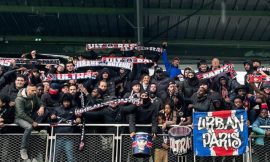“Third gold rush”: San Francisco wants to become the AI capital of the world.
In San Francisco, there is a gold rush mood again. Since the pandemic, the office vacancy rate has been around 30 percent, and commercial and residential rents are among the highest in the United States, according to The Washington Post.
Now, venture capitalists have invested nearly $2 billion in San Francisco’s AI startups this year alone, giving city officials a rare sense of optimism.
“AI Capital of the World”
San Francisco’s Mayor, London Breed, recently declared the city the “AI Capital of the World”. With a number of incentives, it wants to promote the establishment of new technology companies and offer tax breaks for potentially interested parties – provided companies are willing to sign a three-year lease.
Market researchers see a chance for the ailing city on the edge of Silicon Valley to save its reputation as the epicenter of innovation and finally bring more people back into the office.
Of the top 20 AI companies by investment capital, 16 are in the Bay Area and 11 are in San Francisco. The company OpenAI, which triggered the current hype about artificial intelligence with ChatGPT, also has its headquarters in San Francisco.
Since 2019, there have been more than 500 venture capital investments totaling $17.7 billion in AI companies in San Francisco, according to CBRE, the world’s largest commercial real estate company. Many of these companies would seek office space for face-to-face collaboration and client reception.
“The best talent for AI development”
While it’s unclear how long the hype surrounding artificial intelligence will last, the industry represents a source of growth that San Francisco badly needs, said Colin Yasukochi, executive director of the Tech Insights Center by CBRE.
The managing director of the real estate company JLL, Mike Sample, is similarly confident that artificial intelligence will trigger another tech boom in the coastal city: “The best talent for AI development is in San Francisco, of course. The only question is, how to get more of the right talent and how to scale it up.”
According to Sample, however, the majority of AI start-ups are interested in office space in districts that will not help the city center with the highest vacancy rates. The Washington Post reports that San Francisco is one of the cities that is recovering the slowest from the corona pandemic.
Networking AI companies will not be able to fill the gap created by the mass layoffs of big tech companies like Microsoft, Amazon, Meta, and Co. After Corona, the demand for digital services dropped rapidly and people are increasingly using the possibilities in the real world again. Not only the real estate industry felt this in the USA, other economic sectors were also hit hard.
Physical proximity is also an important factor for many of the AI firms now locating in San Francisco. For example, Avni Patel Thompson, co-founder and CEO of AI company Milo, explains that it doesn’t matter where you are in San Francisco. It is crucial to be in the city to meet others in this field and thus experience a high concentration of talent.
San Francisco — City Struggling with Tragic Trouble
Thompson recently leased space in the Mission District and plans to look for additional offices downtown as her business continues to grow. She couldn’t resist San Francisco’s “attraction”. “I feel the energy on site in a way I haven’t felt in many years,” she said.
However, it is impossible to turn a blind eye to the problems (in San Francisco). Homelessness in San Francisco remains tragic, with many locals unable to pay rent for a long time. In addition, there would be a deterioration in the infrastructure and the announcement of further closures due to the dwindling customer frequency.
The Third “Gold Rush”?
The “real” gold rush led to the first extreme immigration as early as 1848 and the population grew 25-fold (from 1,000 to 25,000 inhabitants). In the 1990s, the dot-com boom led to massive gentrification and immigration, rising rents, and ended in 2001 with the bursting of the dot-com bubble in the largest population decline in the city’s history.
Although the move of 30,000 residents meant that rents had to be lowered, San Francisco remained one of the most expensive cities in the USA.
Still, Thomson is optimistic that he can find the right path and improve conditions for everyone — and not just those working in the AI industry.



